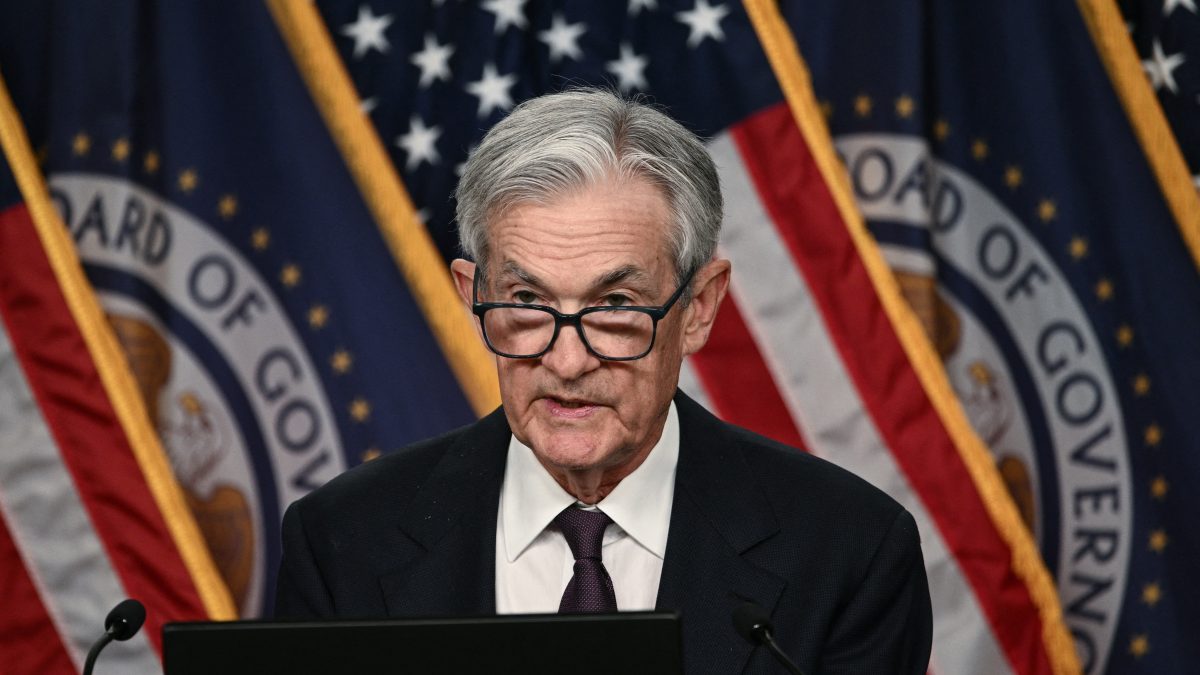The 2020 US Presidential Election saw an unprecedented wave of claims alleging voting fraud.
As another Election Day approaches for the 2024 US presidential elections, many of these falsehoods are resurfacing, raising concerns over the accuracy of electoral processes.
2024 voter fraud claims echo a repeat of 2020
In 2020, then-US President Donald Trump prematurely declared victory on election night, asserting, “We already have won.” This statement came at 2:21 am (local time) on November 4, hours after polls had closed and with ballots still being counted across various states.
It wasn’t until November 7 that The Associated Press declared Joe Biden the projected winner, based on unofficial but clear results. Trump’s statement encouraged widespread falsehoods, suggesting that ballots counted after election night were illegitimate.
In truth, states have procedures allowing ballot counting to continue for days after Election Day to ensure accuracy. State election officials, with oversight from the National Association of State Election Directors, were clear: the vote count must be completed, regardless of how long it takes.
In many states, the final results were delayed due to mail-in and absentee ballots, which took longer to process but were still part of the lawful process. Experts expect similar claims to reappear in 2024, as social media amplifies misinformation about delayed results.
A look at the types of claims and how “true” they are
Claims of voting by the deceased & noncitizens
One recurring falsehood is that thousands of deceased individuals have cast votes. In 2020, posts on X (formerly Twitter) claimed over 14,000 deceased people had voted in Wayne County, Michigan, with allegations suggesting these votes were predominantly for Democrats.
In reality, local election offices routinely update voter rolls using death records from state and federal sources to prevent such occurrences. Although rare cases exist of people fraudulently voting in deceased relatives’ names — such as a Republican in Nevada in 2020 — such incidents are isolated and do not indicate widespread fraud.
Watch:
Claims that noncitizens have been lured to vote in US elections are similarly unfounded. Federal law bans noncitizens from participating in federal elections. Occasionally, noncitizens end up on voter rolls due to administrative errors during processes like acquiring a driver’s license.
For instance, the largest case of noncitizen voting occurred in 2016 in North Carolina, where 19 noncitizens were prosecuted for voter fraud. However, with over 4.5 million ballots cast in North Carolina’s 2016 election, these instances were statistically insignificant.
Ballot errors & voting machine “glitches”
Mistakes during voting or ballot processing are often misconstrued as deliberate fraud.
For example, a minor typo on some ballots in Palm Beach County, Florida, listed the candidate as “Tom” Walz instead of Tim Walz. County officials quickly addressed the issue, affecting only 257 overseas ballots, without impacting the overall count.
Additionally, technical issues at polling locations have led to similar misinterpretations. In 2020, a water leak in Atlanta’s State Farm Arena disrupted counting for two hours but did not damage ballots or machines.
Also Read: Elon Musk, X are at the centre of US election misinformation
Social media users inaccurately claimed this incident was used to illegally handle ballots. Georgia officials debunked this, clarifying that no unauthorised ballots were counted.
The narrative that voting machines flip votes between candidates is another persistent myth. Despite claims circulating since 2020 that machines have been programmed to change votes, extensive audits and investigations by election officials and third-party experts have found no evidence to support these allegations.
Kentucky’s Republican Secretary of State, Michael Adams, wrote on X on November 2, “Gentle reminder that vote-switching is fiction.”
Gentle reminder that vote-switching is fiction: https://t.co/aShhB6SRGY
— Michael Adams, KY Secretary of State (@KYSecState) November 2, 2024
Election officials explained that touchscreen calibration issues or voter error could lead to unintentional selections, which are easily remedied by reviewing and reprinting ballots.
“Ballot dumps” & late-night counting
Another frequent allegation involves “ballot dumps” — the idea that large batches of ballots are mysteriously added overnight to sway election results. Trump’s 2020 tweet claimed, “Last night I was leading, often solidly, in many key States…Then, one by one, they started to magically disappear as surprise ballot dumps were counted.”
In reality, these late results were due to the timing of mail-in and absentee ballot processing, which state laws govern. Pennsylvania, for example, restricts processing mail ballots until Election Day, extending the count time. Similar procedures exist in several other states.
These shifts in results are common in close races, as votes from urban centers, which tend to favour Democrats, often arrive later in the counting process. Political science and election experts affirm that there is nothing unusual or illegal about these vote-counting timelines.
Is voter fraud practically possible?
One of the overarching narratives of the 2020 election was that large-scale fraud had altered the outcome.
Claims and social media images suggested mass manipulation, but experts stress that orchestrating fraud on this level is virtually impossible.
Also Read: Ballot boxes destroyed in US days before Election Day
The conservative Heritage Foundation’s database, which tracks voter fraud cases, reports only about 1,300 convictions for fraud across multiple election cycles out of billions of ballots cast.
For fraud to affect the outcome, thousands of illegal votes would need to be coordinated across battleground states, requiring hundreds, if not thousands, of people to collaborate while risking serious penalties.
Also Watch:
With inputs from agencies


)

)
)
)
)
)
)
)
)



